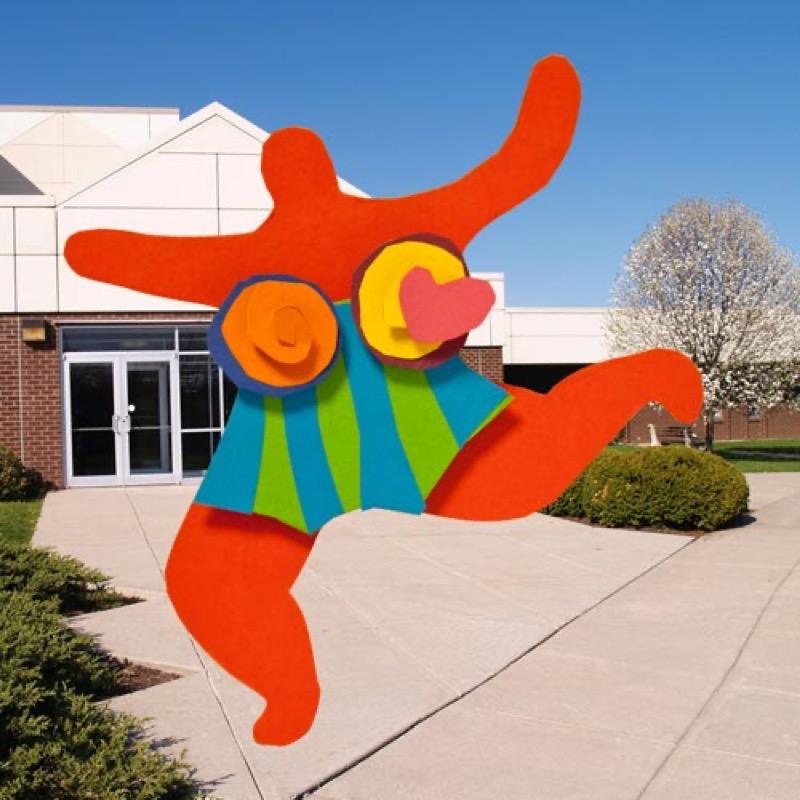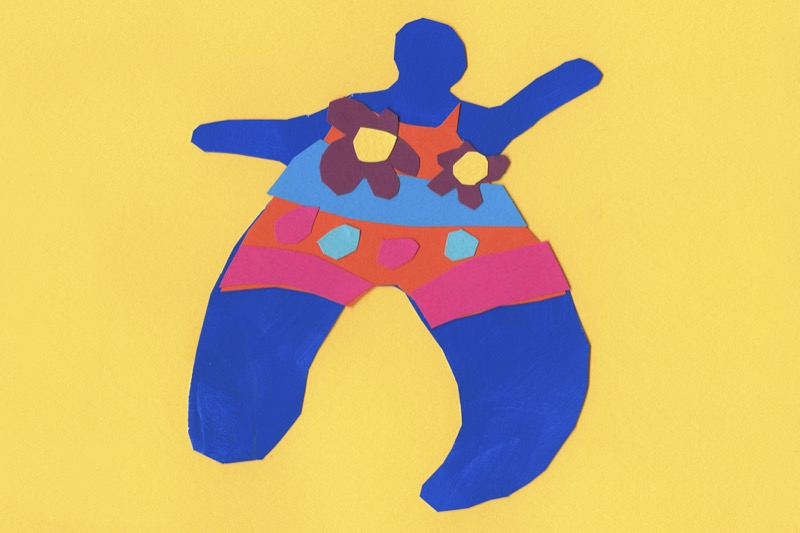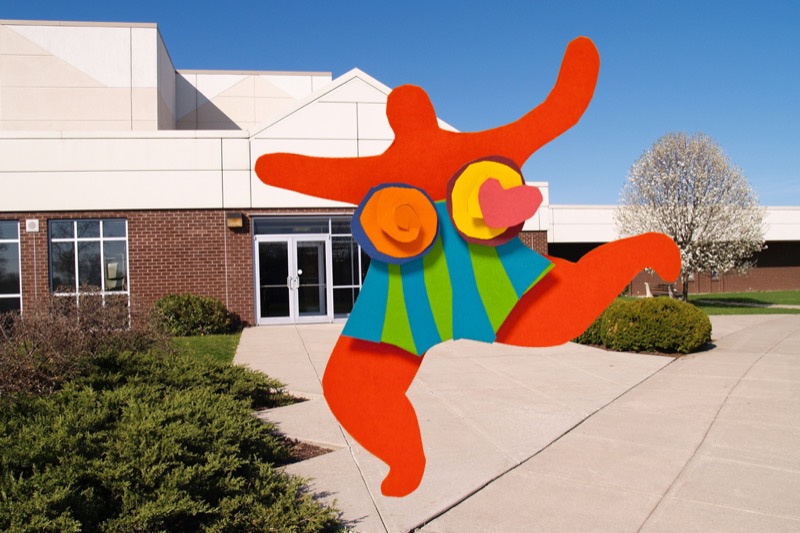
Discover the world of Niki de Saint Phalle's "Nanas" on this page. These dolls exude a zest for life and freedom and their differing postures challenge the laws of anatomy and gravity.
Discover the world of Niki de Saint Phalle's "Nanas" on this page. These dolls exude a zest for life and freedom and their differing postures challenge the laws of anatomy and gravity.
Introducing Niki de Saint Phalle's "Nanas" is a good opportunity for your children to "warm up" their fingers and explore their imagination... By bringing their own "Nana" to life, children will become aware of their own body and the volume it takes up in space. The gesture work and the link with personal or collective creation is an invitation to really work together !
Historical period: the twentieth century
Niki de Saint Phalle, born on 29 October, 1930 in Neuilly sur Seine, (France) and who died on 21 May, 2002 in La Jolla (San Diego County) California (USA) was a French artist, painter, sculptor and filmmaker. She was first a model then a mother before becoming a self-taught artist. She had no formal training in art but was stimulated by prolific artistic exchanges with her elders and contemporaries and was inspired by several different movements. A large number of museums around the world own works by Niki de Saint Phalle.


